
Linen – A Surprisingly Scottish Story
The first of our series of yarn blog posts focuses on linen, which turns out to have had a significant part to play in the history of Scottish industry.
It's always surprising how we learn new things. Here I am out for a walk, thinking of nothing much but how cold I am, and the next thing is I'm having a lesson in the making of linen.
I'm walking across a field, feet mud suckered, wind-blasted by the gale whipping off the North Sea when suddenly I'm teetering on the lip of a waterlogged hole.
'It's an old retting pit,' shouts the local farmer.
'What on earth is a retting pit?' I yell back, as a splatter of rain stings my face. He starts to explain but I'm chittering with cold.
'Awa ye go hame lass,' he calls and I retreat gratefully, leaving the farmer checking over his sheep, to an internet search accompanied by a steaming mug of hot chocolate - the cold slowly dissipating from my bones.
Retting
A retting pit, it turns out, was for breaking down the fibres of the linen plant. A dirty, muddy and very stinky fermentation process for the more stagnant the water (hence the smell), the quicker the fibres break down. Today the best quality linen yarn comes from Belgium, with countries from as far away as South America sending their flax for retting in the slow moving waters of the River Lys.
Scutching & Hackling
As I read more about the process of producing yarn from flax a vague memory floats in of chanting the stages of linen production at school; reaping, retting, scutching, hackling, spinning, weaving, bleaching, dyeing.
Scutching is an energetic beating process passing the fibre through rollers to break it up further, followed by hackling which involves using a wooden comb to smooth the fibres out and remove the seeds. Women then spun the fibre into yarn before it was woven into cloth. In the 1840s women were paid five shillings a week for spinning, the men twelve shillings a week for weaving – funny how women got paid less than men for broadly similar work!
A Very Scottish Story
As I unearth more on the history of linen making in Scotland I'm shocked I knew so little about an industry that once employed so many. In 1836 around the village where I currently live there were over 800 looms and the production of cloth was annually worth £10,000 to the parish. There's reams more about Scotland and flax: exporting linen to England and a price war starting in the 1600s (no change there); French weavers being brought to Edinburgh in 1729 to teach the Scots how to improve standards (French cambric was always the finest linen); bleaching fields on the side of Loch Ness (wonder what Nessie thought); flax imported from the Baltic and Holland to be processed in Scotland in the 17th and 18th Centuries; tenants paying their rent in flax.
From the 1830s onwards the production of linen was increasingly mechanised with hundreds of flax mills springing up around Scotland and Ireland. These were dangerous and unhealthy environments. By the end of that century only large mills remained which had gradually converted to spinning jute, hemp and sometimes cotton, which were more profitable. Now the only commercial flax grown in Scotland is for linseed oil and there is only one mill left which focuses on weaving linen.
Keeping the Skills Alive
As with many skills our forbears had at their fingertips, there is a danger that the process of making linen from flax by hand might be lost. Fortunately there are dedicated people keeping the knowledge alive and one of the places where courses, kits and general information can be found is www.flaxland.co.uk.
Oscha's Linen
The flax we use is grown within the EU, it is also processed in the EU and in Scotland. The modern process of turning flax into yarn is much as described; from reaping to dyeing except now it's mechanised. Some of our providers use dew retting; here instead of being soaked in a pit the cut flax is spread out in fields and the sun shining on it by day and the dew gathering by night causes the needed fermentation – a somewhat gentler way!
Flax is a renewable resource and has limited environmental impact. It does well on land unsuitable for food production and with crop rotation farming methods it's not necessary to use chemical fertilisers. Another benefit is it's longevity, with linen being up to twelve times stronger than equivalent cotton products, which dramatically increases its life span. Linen also absorbs dye, especially natural ones, very well making it the ideal material to complement our love of colour!
Oscha's Scottish Linen is finished here, we are glad to be taking full advantage of the skills - remnants of the great tradition of linen production in Scotland.
We use organic linen wherever possible and all of our warp yarn is certified organic. We always say on the product listing and fabric label if the linen used is organic. All our linen yarn providers are Oeko-tex certified. This is a worldwide consistent, independent testing and certification system for raw, semi-finished, and finished textile products at all processing levels which ensures the products tested are safe and free from harmful substances. Our main provider is also a Member of the Master Club of Linen.
Oscha's Wetspun Linen
We also offer wetspun linen as an option. Linen was traditionally spun wet with the spinner keeping a container of water by their side into which they regularly dipped their fingers to smooth the fibre. Nowadays linen can be wetspun (long fibre), semi-wet or dry spun (short fibre). Wetspun yarns are mostly used in finer counts yielding a yarn with a smooth finish whereas dry spun yarns are heavier and have a softer finish.
Wrapping Qualities
Linen is a lovely fabric to use for baby carrying. It breathable and cool to touch so is often the choice for a summer wrap. It is a strong yarn so does well in single layer carries. It can need a bit of breaking in (especially the higher linen content items) but does become beautifully soft with use, and 'fluffs' up a little too for more cush. It doesn't have much bounce and stretch like wool, for example. Once softened it has a lovely balance between grip and glide.
We use many different linen yarns so check the gsm to get an idea of how thin or thick your wrap will be. A thicker wrap (eg over 270gsm) with a high percentage of linen are often a good choice for heavier kids.
Many linen yarns have little nubs and slubs, and sometimes tiny loops of fibres (these are not pulls!), this is all part of the natural, unique character of the linen fabric.
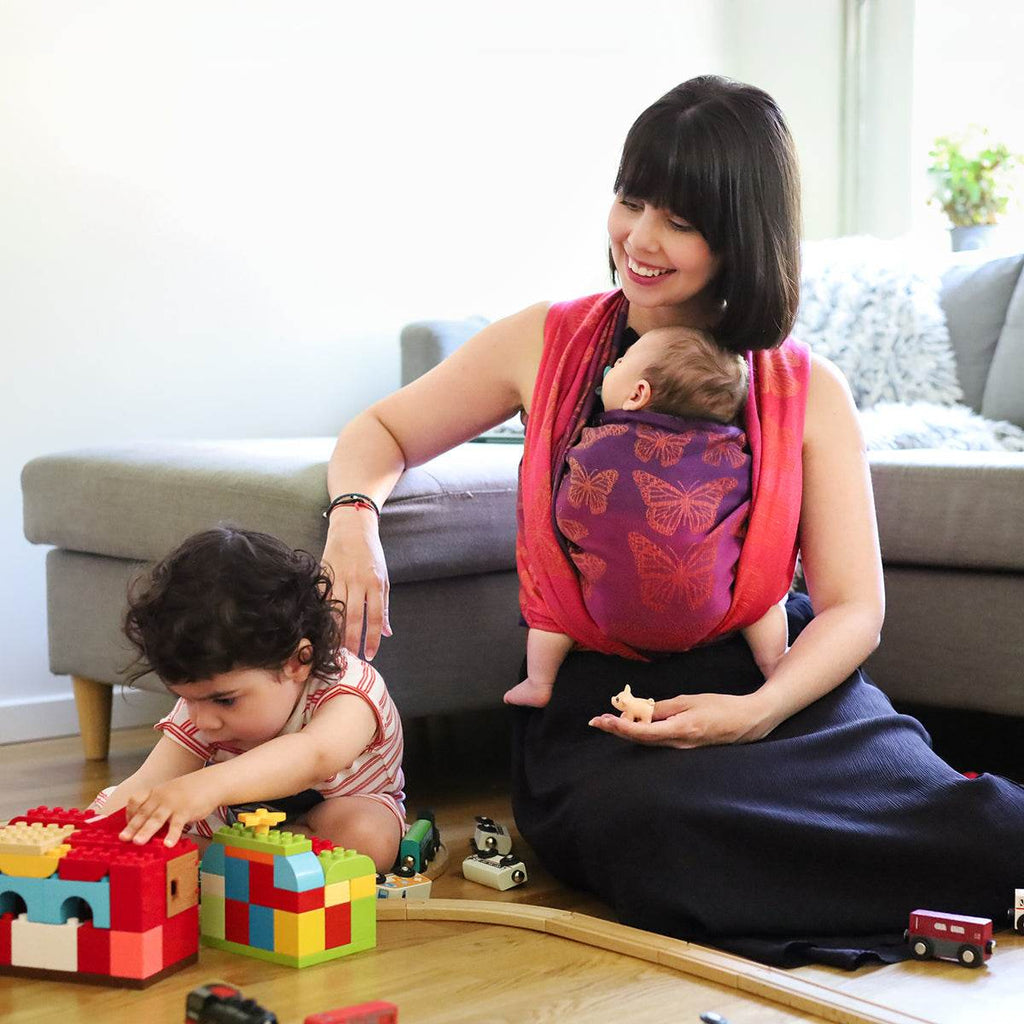
Best Baby Carrier For Newborns 2025
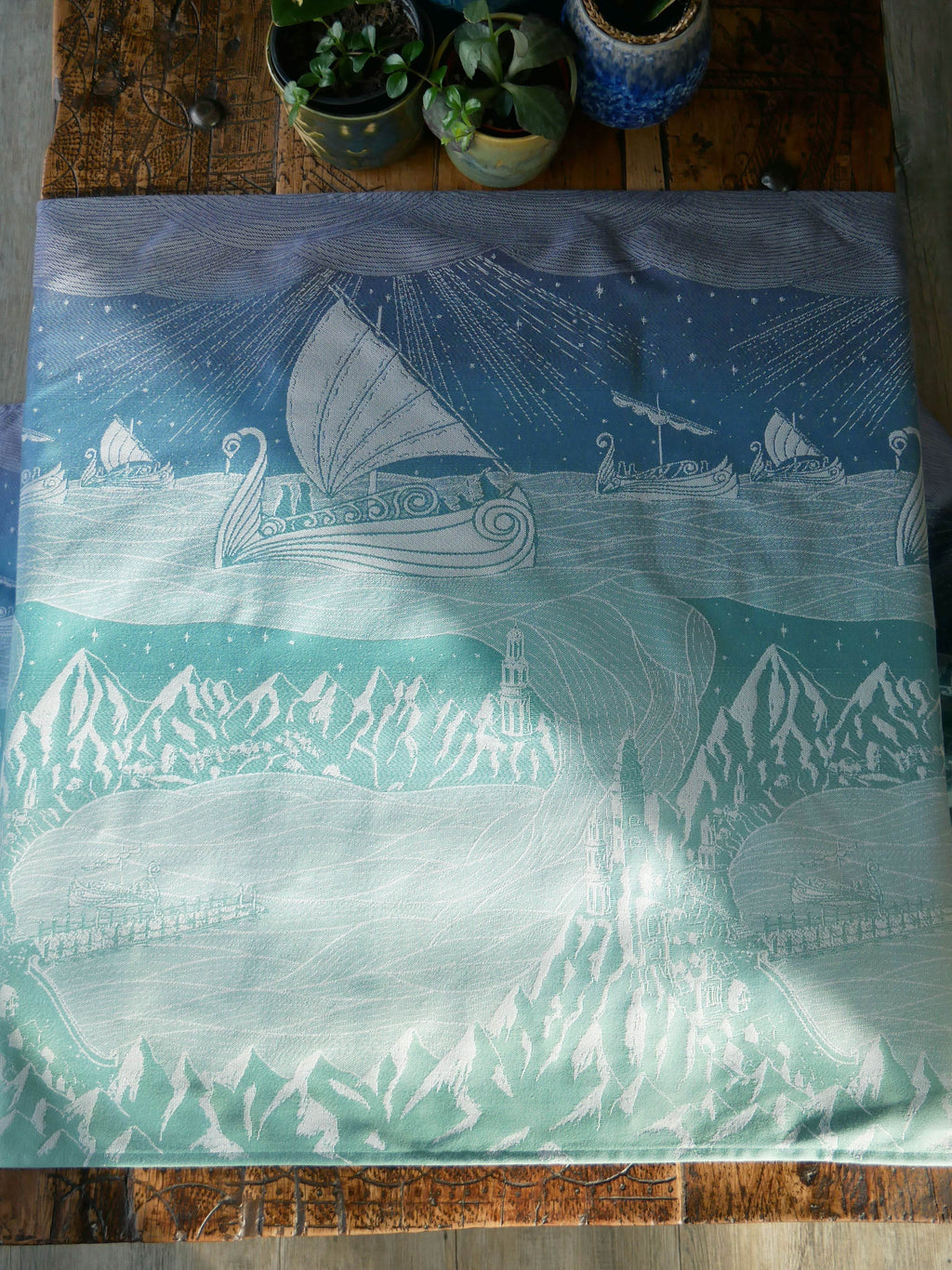
Grey Havens: Oscha Lord of the Rings Design Development
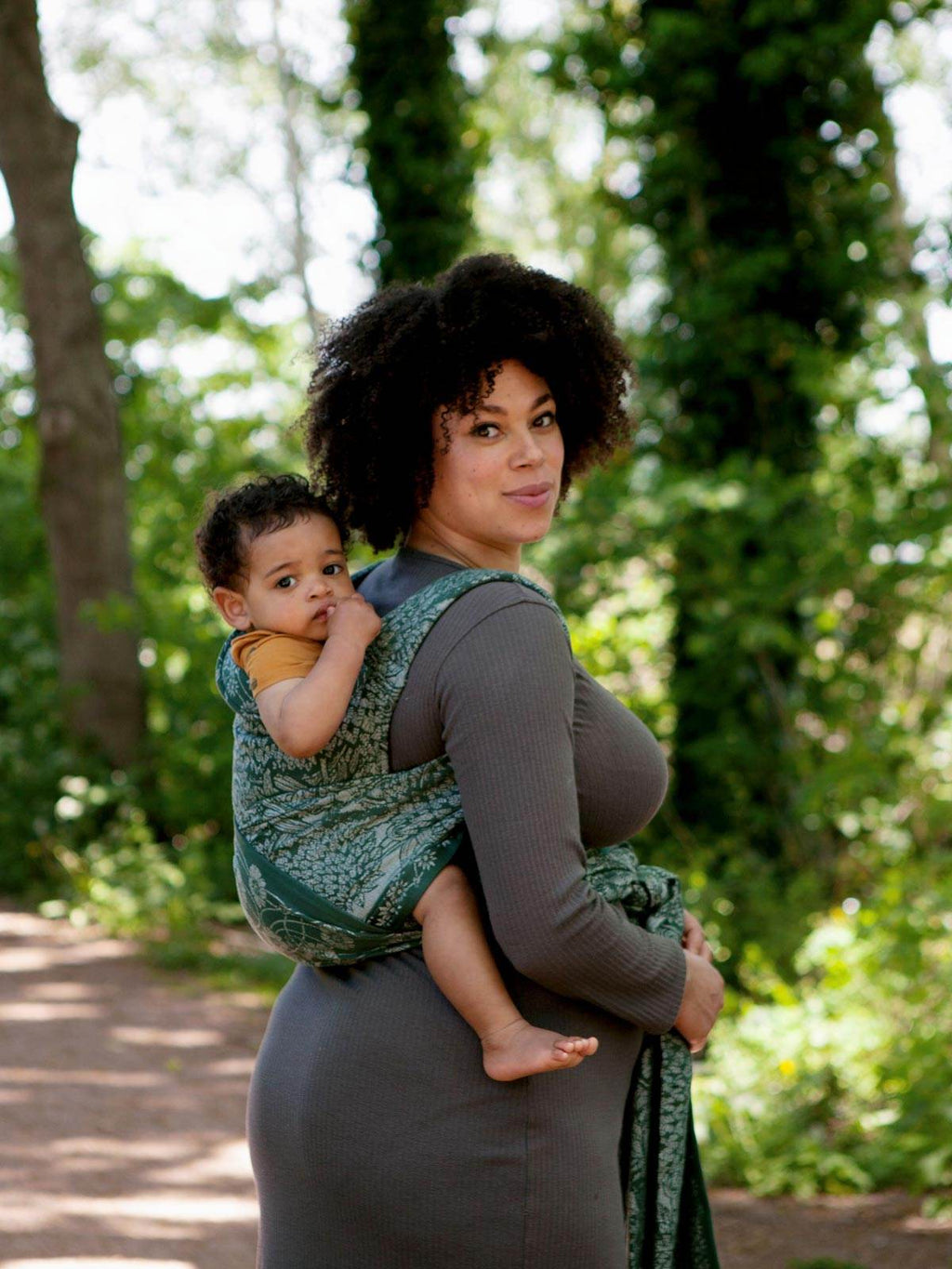
Can Baby Carriers Cause Back Pain?
Continue reading
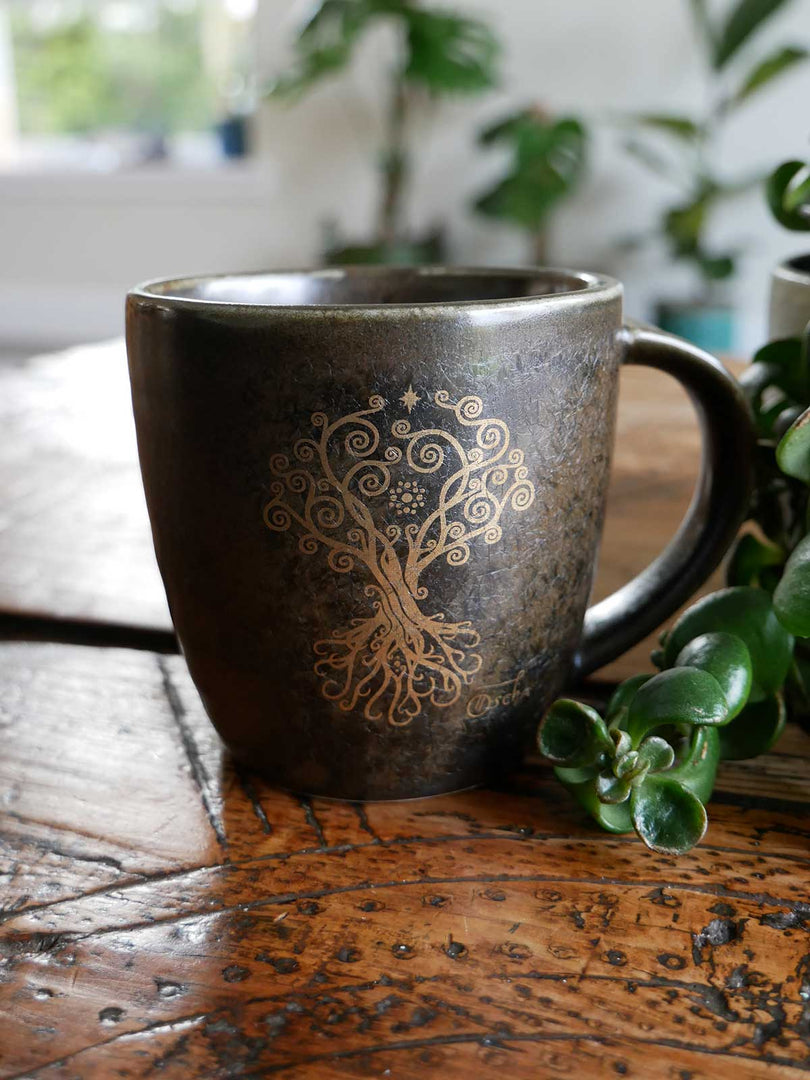

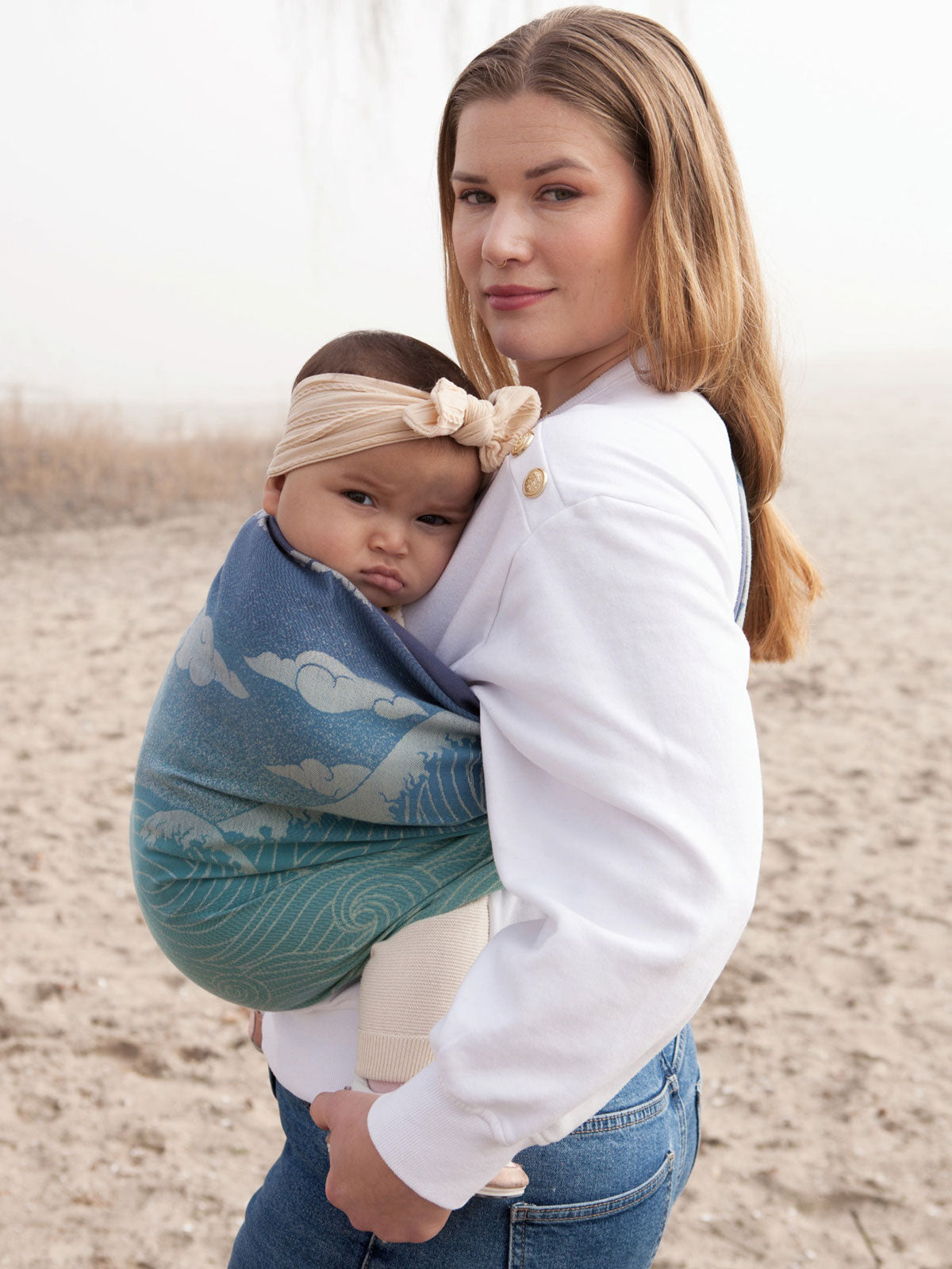
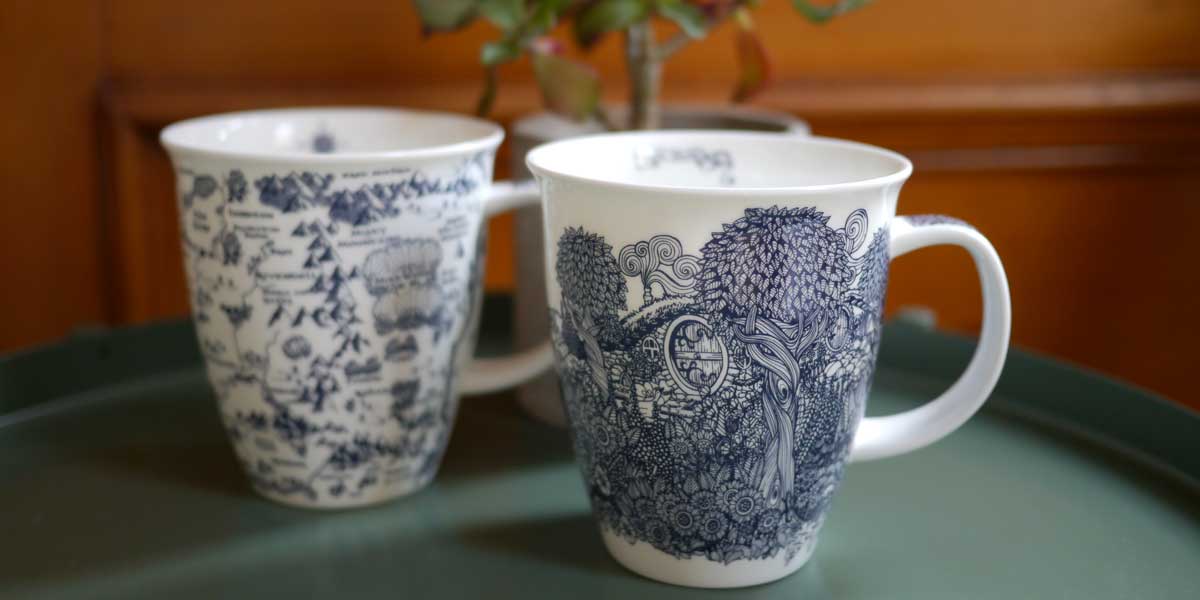
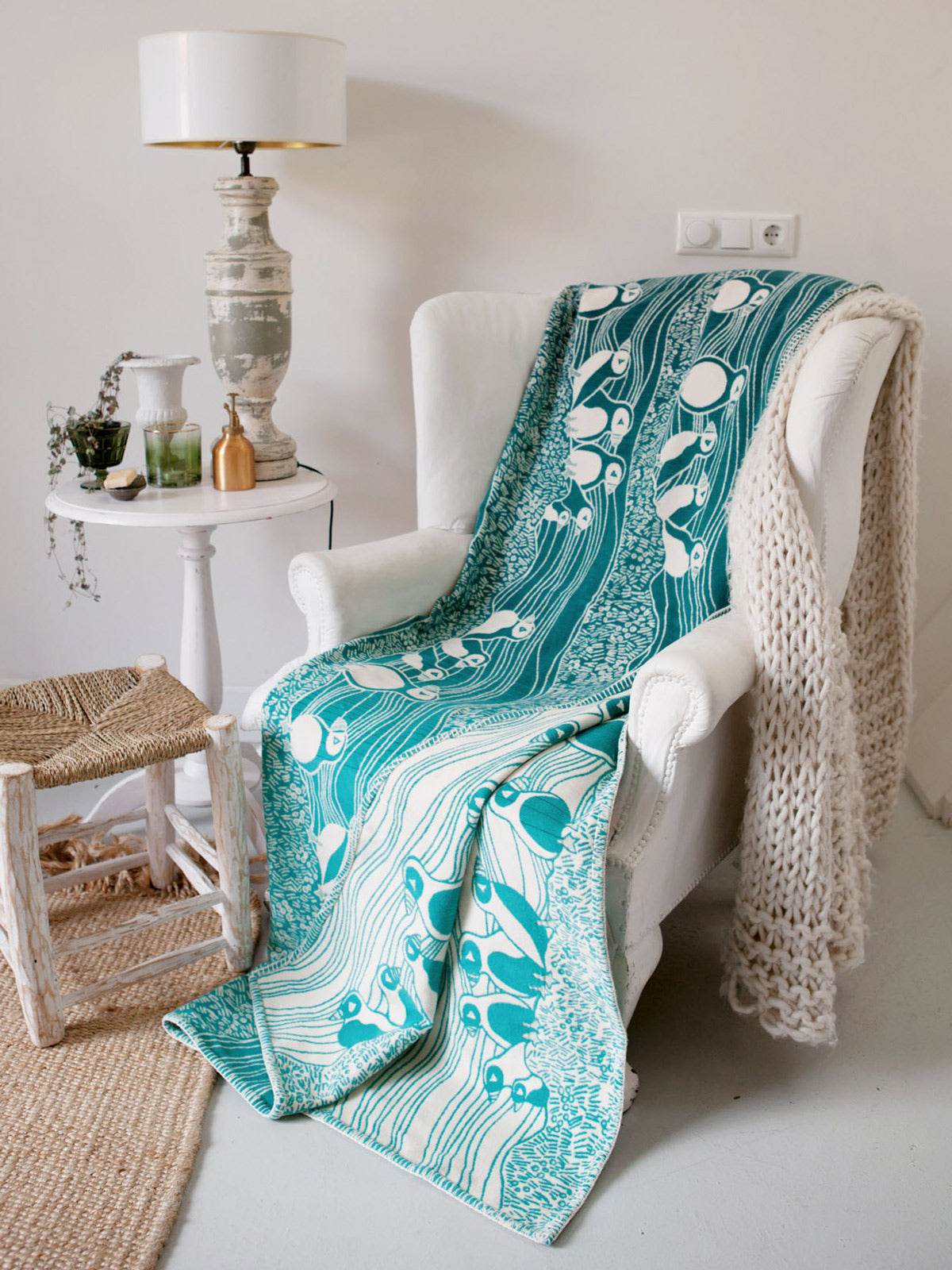
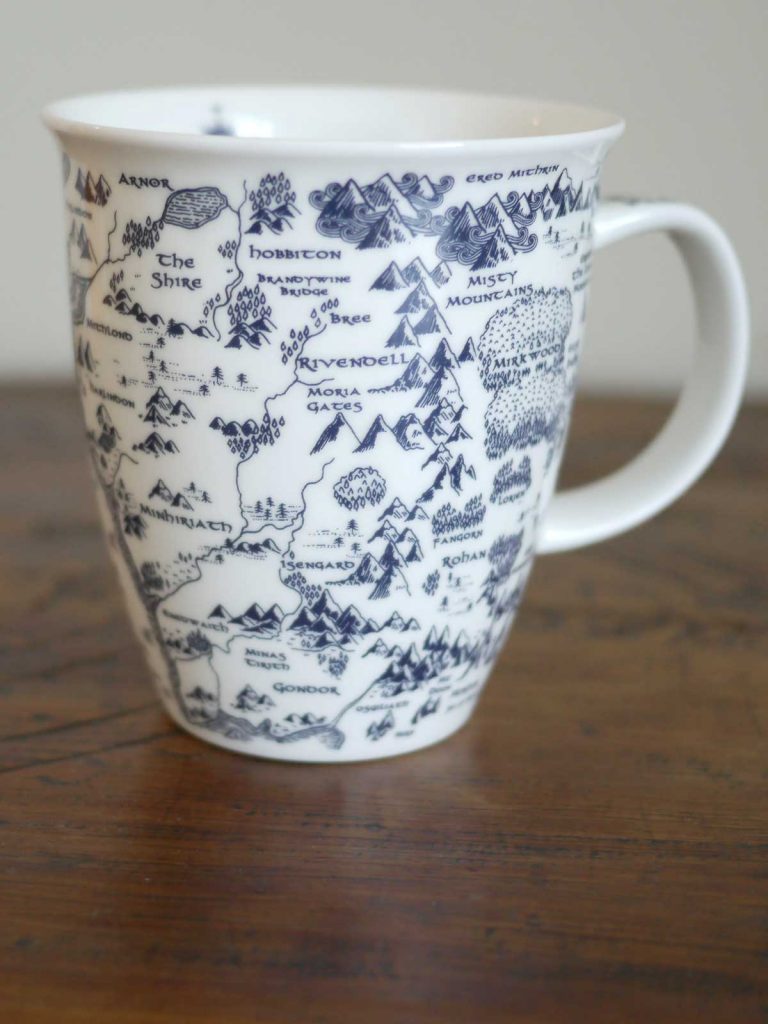
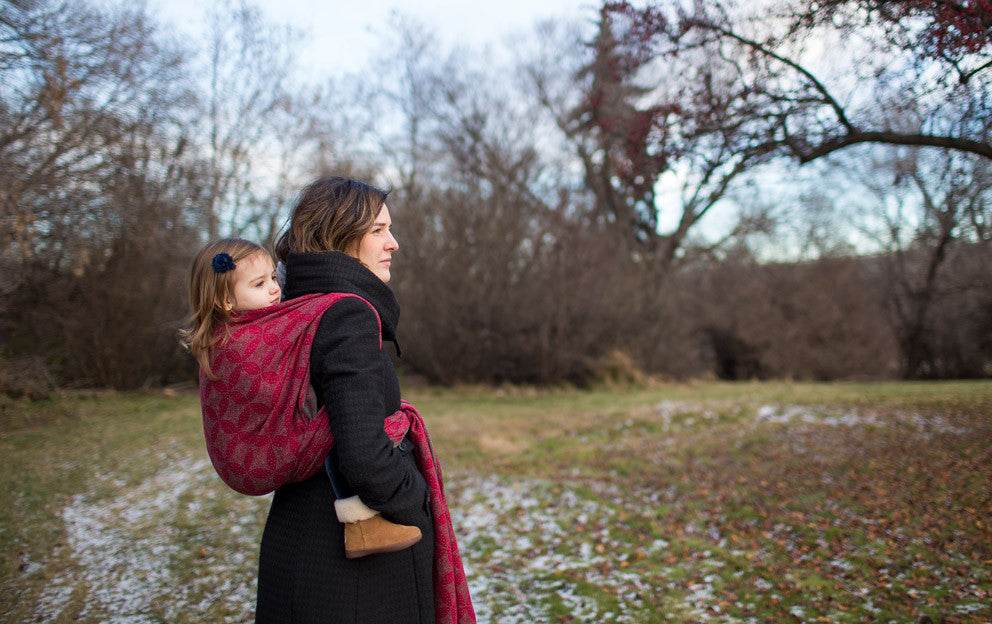
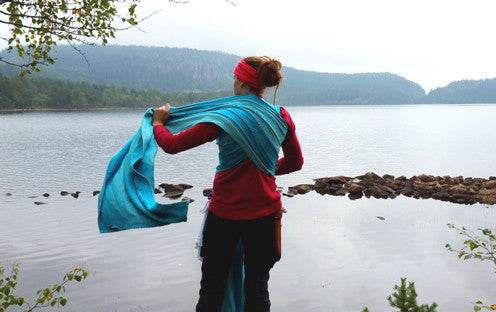
 https://oschaslings.com
https://oschaslings.com